|
In another of the many firsts in 2023, myself and few other Catholic youths went last night (15 Dec 2023) to see the St Mary's Cathedral 'Christmas at the Cathedral' Lightshow in Sydney after having dinner at Ichi-ban Boshi beforehand.
Until next blog post, a holy Advent to you all! Vincent Cavanagh 16 Dec 2023
0 Comments
Drawn on 23 November 2023.
Pencilled 17 Jul 2023. Painted 18 Jul 2023.
Sketched 29 Jun 2023. Painted 6 Jul 2023.
Because that’s basically the only thing that I can control. Our 3rd World Youth Day Formation Session was held last Tuesday (20 June) in the same venue as Session #2. There wasn’t all that much new to talk about. We had confirmation of the multiplicity of different flight paths/times we would all be taking as pilgrim small groups going into Europe and coming out again due to post-COVID-related travel booking arrangements. I've illustrated my own flight path below. Small updates about diocesan-branded WYD merchandise and clothing. The diocese’s WYD app has been approved by Apple, but no mention of Google at all. We had a rough explanation/run-through of how the Rise Up Catechesis session are supposed to run; our diocese will be the Animating Host Team for the English-speaking sessions for a 3rd WYD. Think conversation ice-breakers and running around with wireless microphones to multiple other English-speaking pilgrims from across the world inside as-yet-to-be-determined venues. My rather lacklustre reporting of this is because I’ve only in the last 24hrs found out that I will be the only one from my small group flying out on the first of the 3 flights from Rome to Lisbon on 31 July. I will of course be travelling with other pilgrims from the same bus group; but before this oblique gut-punch, I was already processing that I was being flown into Lisbon by Ryanair. An airline that any aware passenger needs no introduction to. And I am still recovering from whatever laid my low after my cross-border travels from almost 3 weeks ago. Other than that, I am at least slightly closer to starting a picture that’s been waiting since before my afore-mentioned sojourn. Until next time. Vincent Cavanagh 28 Jun 2023 Artwork created 26–29 May 2023. If there has been something that has intensified over the past year, it has been this gentle but firm pressure from above to represent particular saints. With St Agatha this pressure has been of unusual strength. Way back at the end of April I had collected a series of reference images, which I left on my drawing desk day in and day out, but strangely couldn’t get much further with. The impasse only changed after a deeper dive into the story of her life, and of how she has been represented in Rome and in Sicily. In doing so she went from being an important saint mentioned in Eucharistic Prayer 1 of the Church to being formidable and unforgettable. A brief re-cap of her life would be useful. St Agatha was a native of Sicily, and a beautiful and rich young woman of a noble family who had given her life to Jesus as a consecrated virgin. To signify this consecration she wore a veil.
When the early tortures failed to move her determination, he then ordered that her breasts be torn off with the special type of tongs you see depicted and then rolled in hot coals. Neither managed to kill her, and she was returned to her prison cell where St Peter visited her. Next Quintianus decided to burn her at the stake, but an earthquake happened to prevent that happening. So she was returned to her prison cell where she died of her injuries. The lictor sliced off my breasts with doubled blows, Due to the details of her martyrdom, St Agatha became the patron saint of breast cancer sufferers, of rape victims, of nurses, of bell-founders, of Sicily, and other patronages. One of the images that helped was the statue of St Agatha above the colonnade at St Peter’s basilica in Rome. It told the story of her life without being unchaste. The other image that helped was the reliquary of St Agatha’s head kept in the Cathedral of Catania in Sicily. This reliquary is a master-work of silver and enamel. An online article about the relics of St Agatha can be viewed here. If you are patient (depending on the device you are using), it is worth using the Google translate option if you (like me) are not fluent in Italian. On either side of the bust representing St Agatha are two angels. She is crowned, and in one hand holds a crucifix and in the other she holds an inscription. The whole thing is covered with votive offerings, pectoral crosses from bishops, episcopal rings, jewels etc. According to tradition, the crown upon her head was put there by King Richard the Lionheart. Also this reliquary is the origin of the decision for blonde hair rather than the black or brunette hair found more widely in popular culture imagery of St Agatha. Below is the inscription, and a translation of it, that found all over the Cathedral of Catania where her reliquary–bust is kept, and that I have included underneath my depiction of St Agatha: Mentem Sanctam Spontaneam Honorem Deo Et Patriae Liberationem These are no idle words. Her veil, kept in a separate reliquary, has been successfully used several times to invoke God’s help when natural disasters threatened Sicily. When invaders came to Sicily and rounded up the native inhabitants, the conqueror permitted them to have a last Mass at the shrine of St Agatha before being executed. When it came time for everyone to open up the hymn books, each and every page held the initials of a promise that St Agatha would always protect Sicily with her intercession. Needless to say, the inhabitants were saved, and the invaders exited in a hurry. St Agatha, this holy martyr, has been given mighty intercessory power by God. St Agatha, pray for us. Amen. Catherine Cavanagh, (based on notes and with minor edits by Vincent Cavanagh).
~31 May 2023 Artwork created 19–27 April 2023. A divinely-inspired, Roman mosaic–styled depiction of a few of the many different ways in which the early Christians were martyred in Rome, under the persecution of emperor Nero in AD 64. The top panel has much inspiration from the painting Nero’s Torches, by Henry Siemiradzki in 1876, showing both men and women being burnt alive after the Great Fire of Rome before the gaze of gathered the Roman elite.
The memorial of the First Martyrs of the Church of Rome is held on June 30th, the day after the celebration of the Feast of St Peter and St Paul.
Vincent Cavanagh ~ 27 Apr 2023 Oh, what a grisly pair these are. Thankfully the "art style" used in Roman mosaics allows some leeway when it comes to depictions of various beasts and predators.
Trying to do a Roman Mosaic pattern without going cross-eyed only increases my appreciation for those artists who do this on a “regular” basis. Compared to the vast intricacies of Celtic knots by the likes of @creativeartlette, my lowly attempt at an entwined border pales in significance.
My hats off to all of you, my fellow artists. |
News and Other StuffAbout recent artwork, inspirations and other things I find interesting. Archives
June 2024
Categories
All
|
All artwork and images on this website (unless stated otherwise) are the property of Vincent Cavanagh and cannot be used without his permission.
|
Social Links
|
Powered by Weebly
|

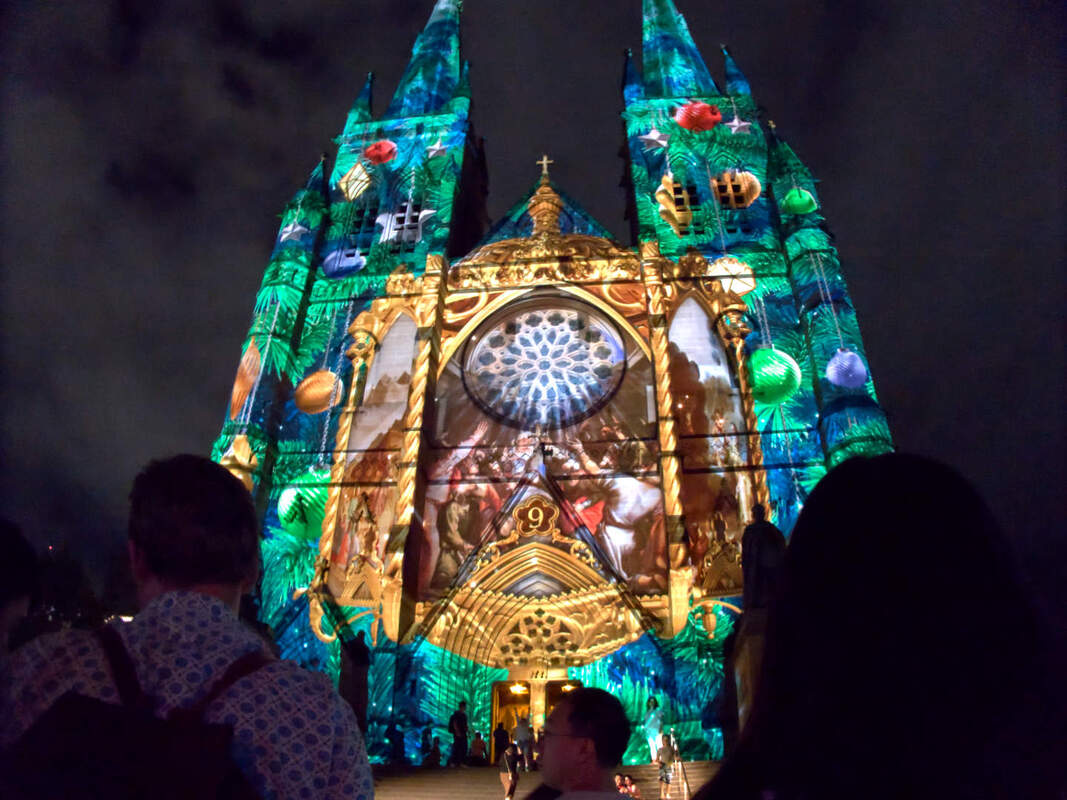

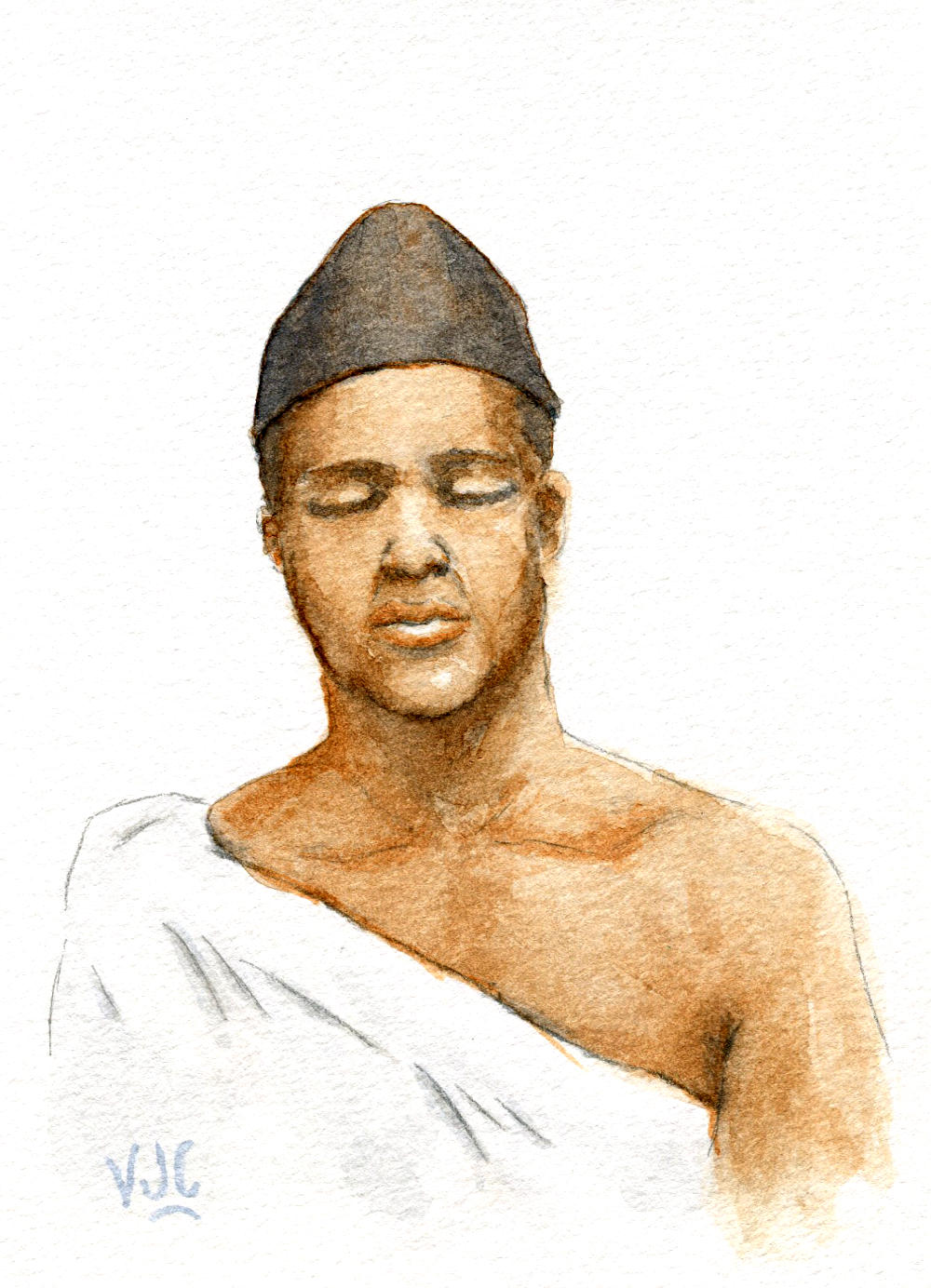
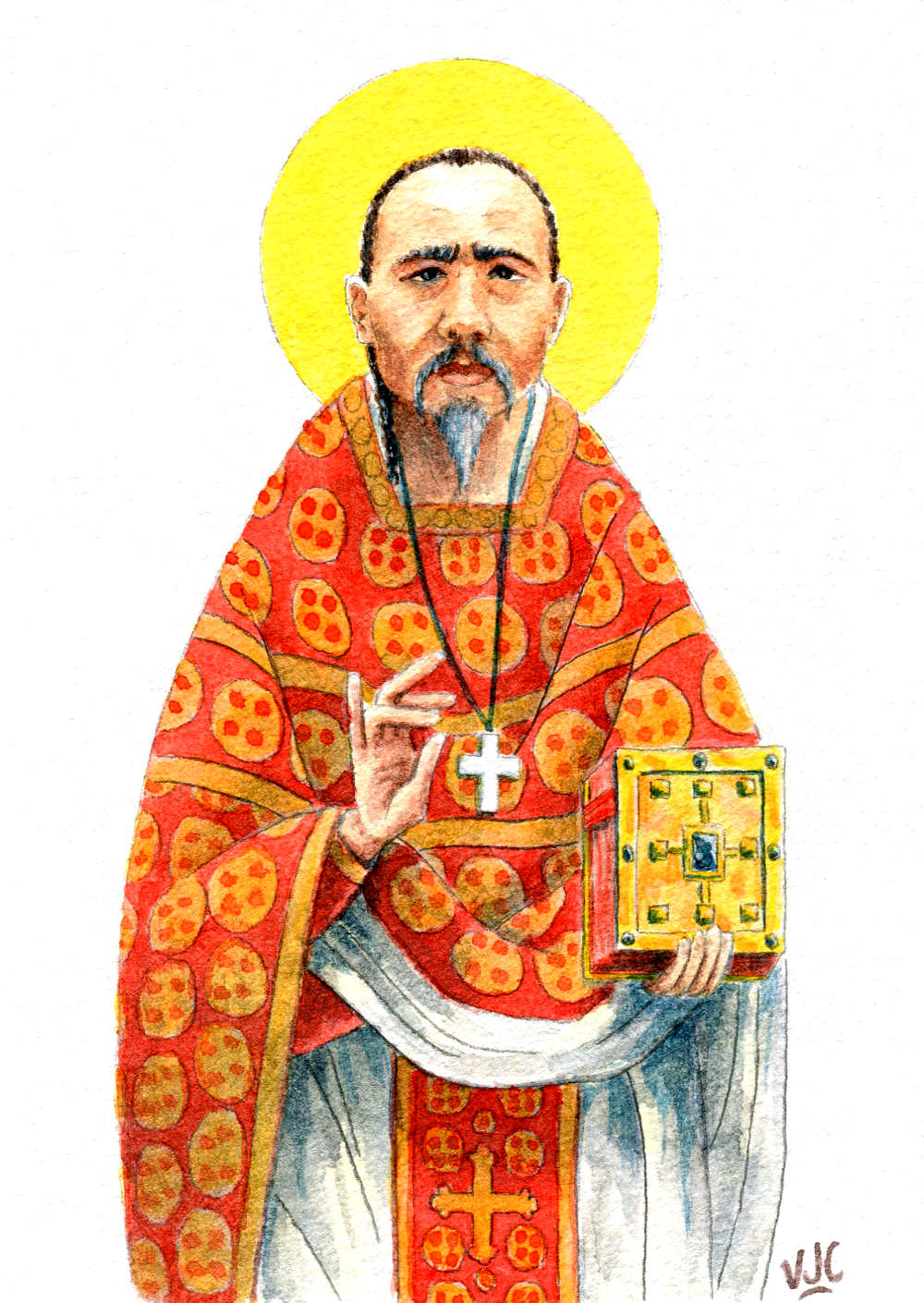

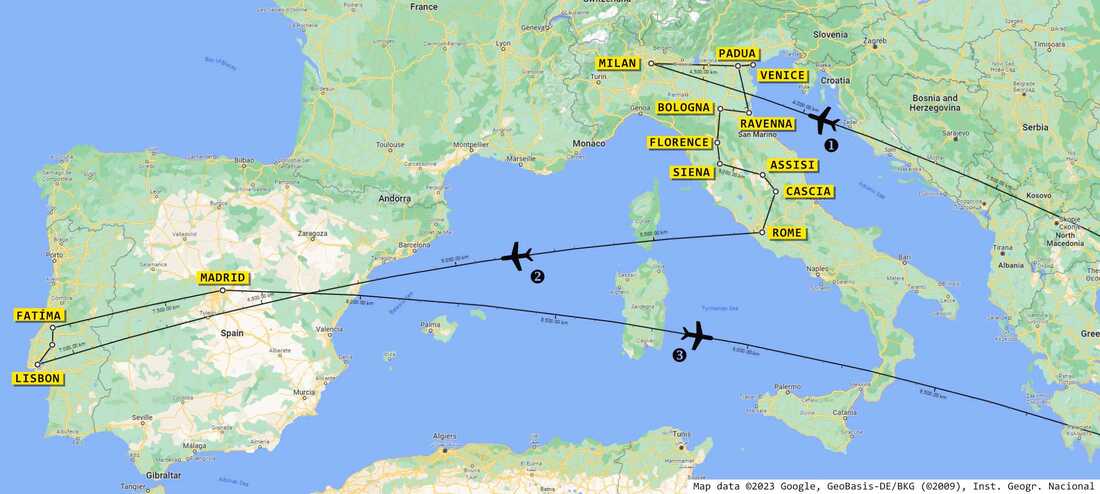

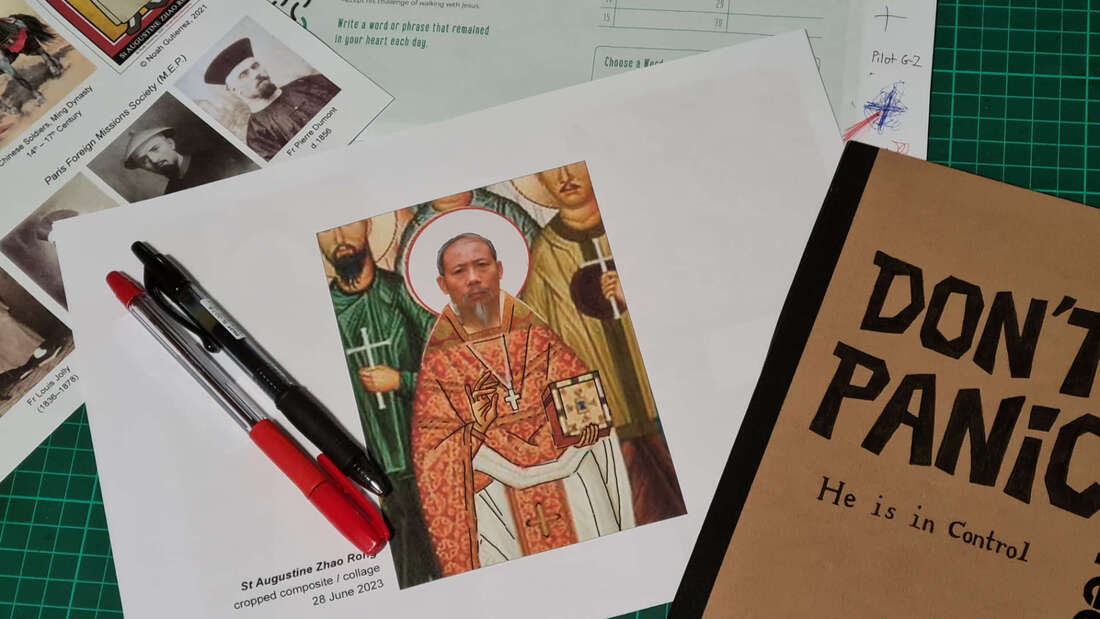
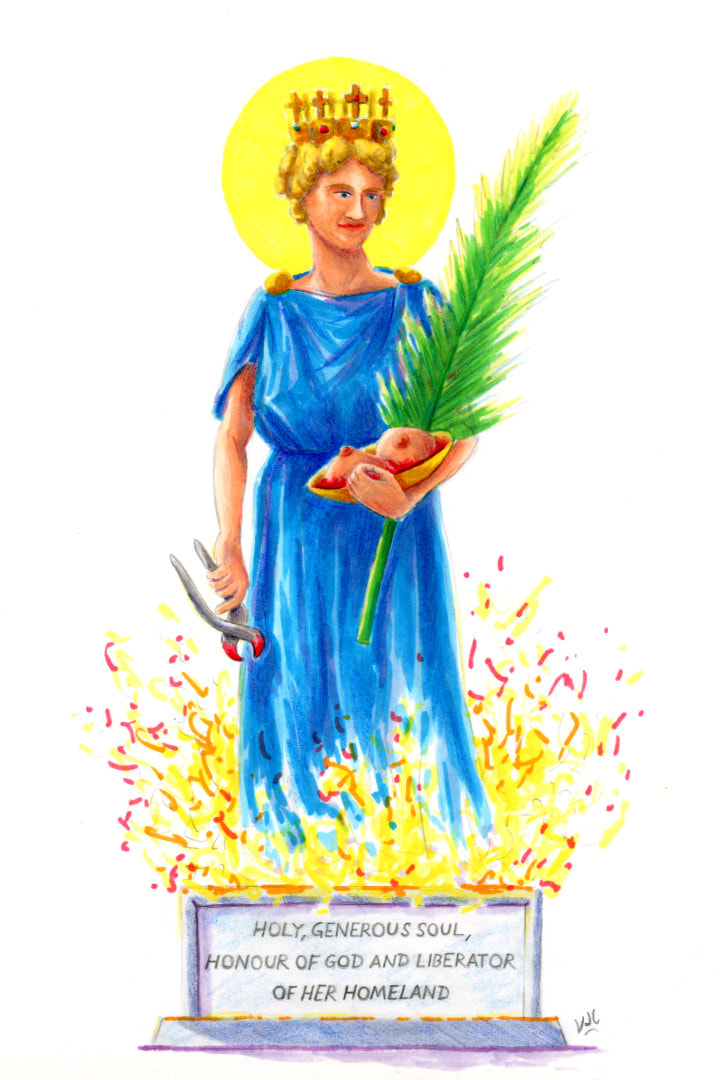
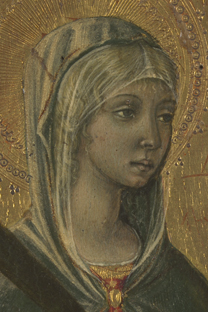
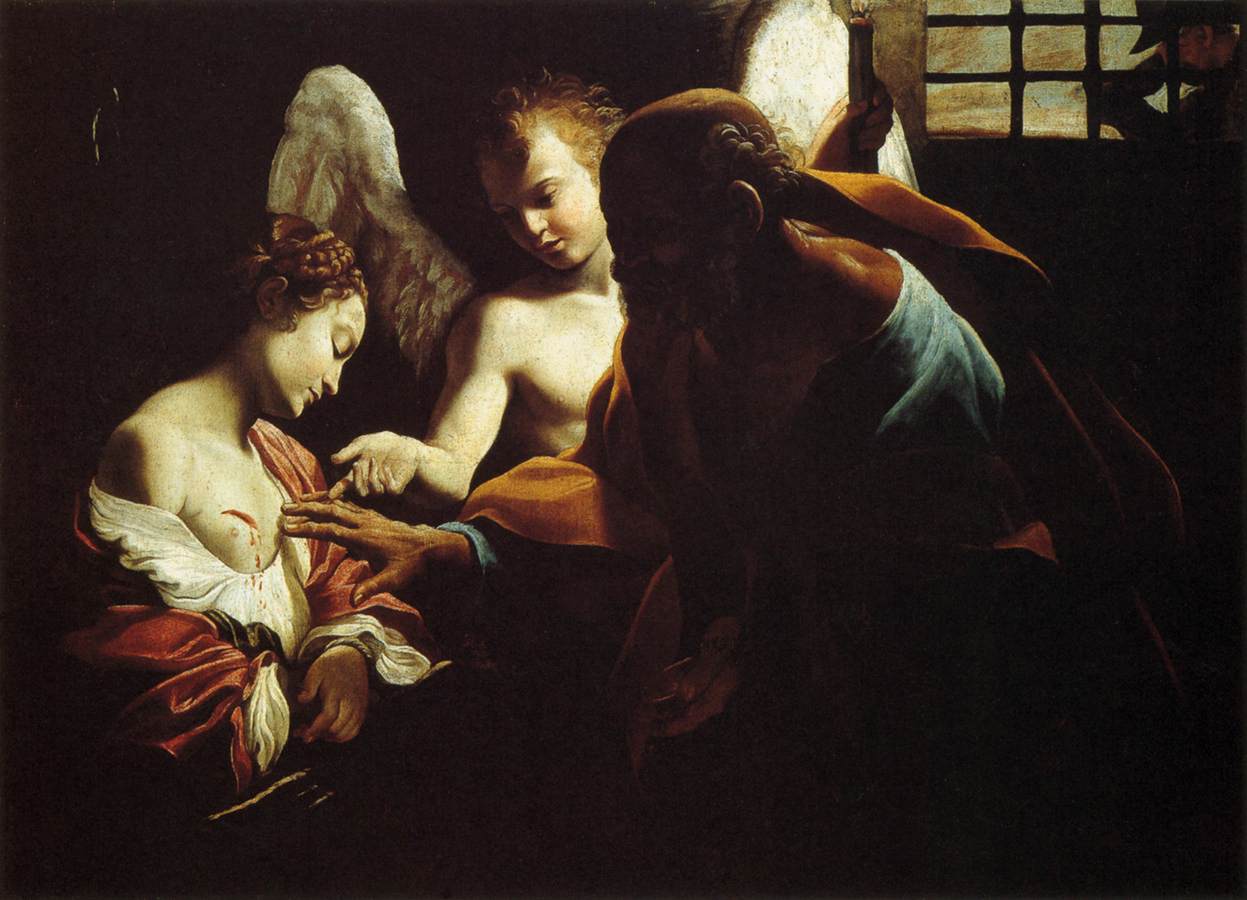
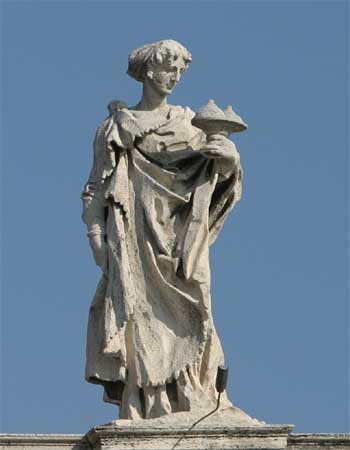
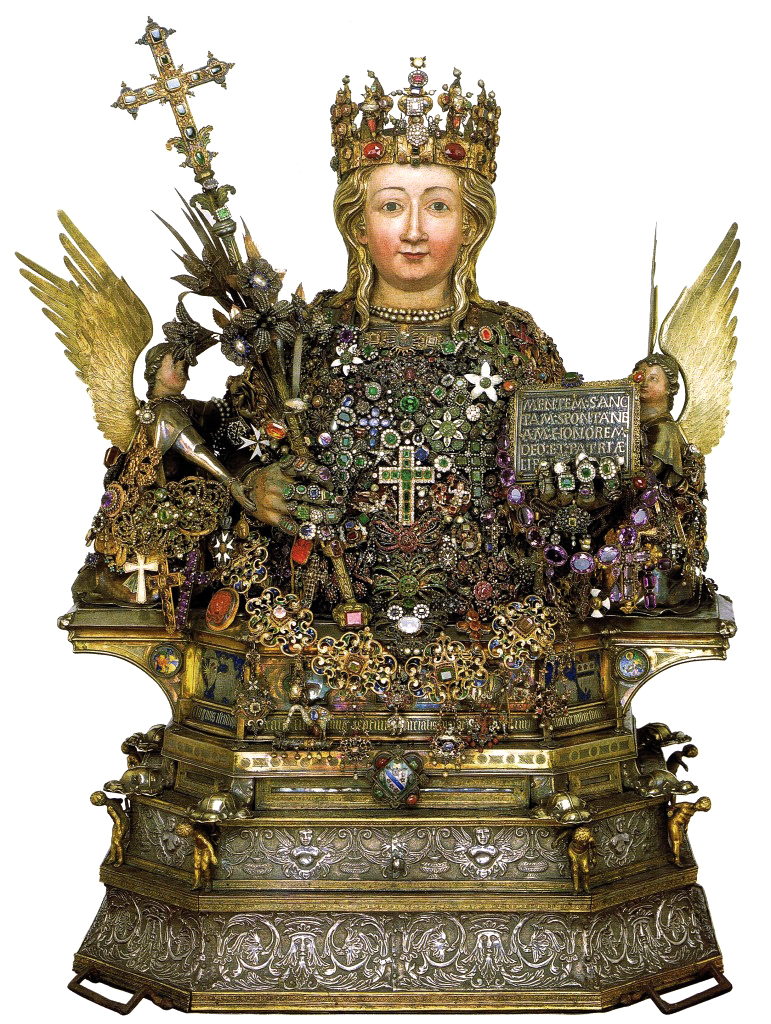
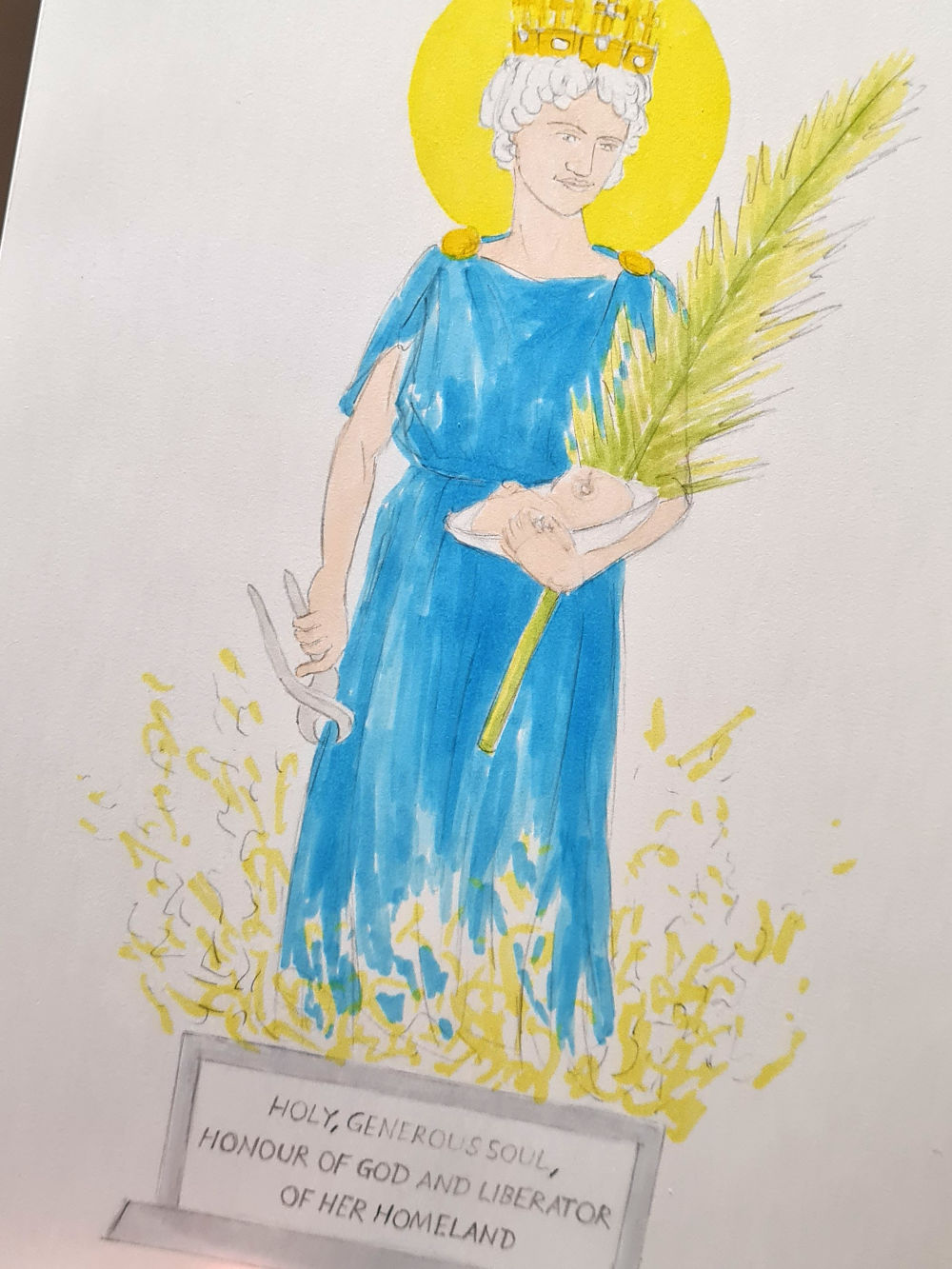
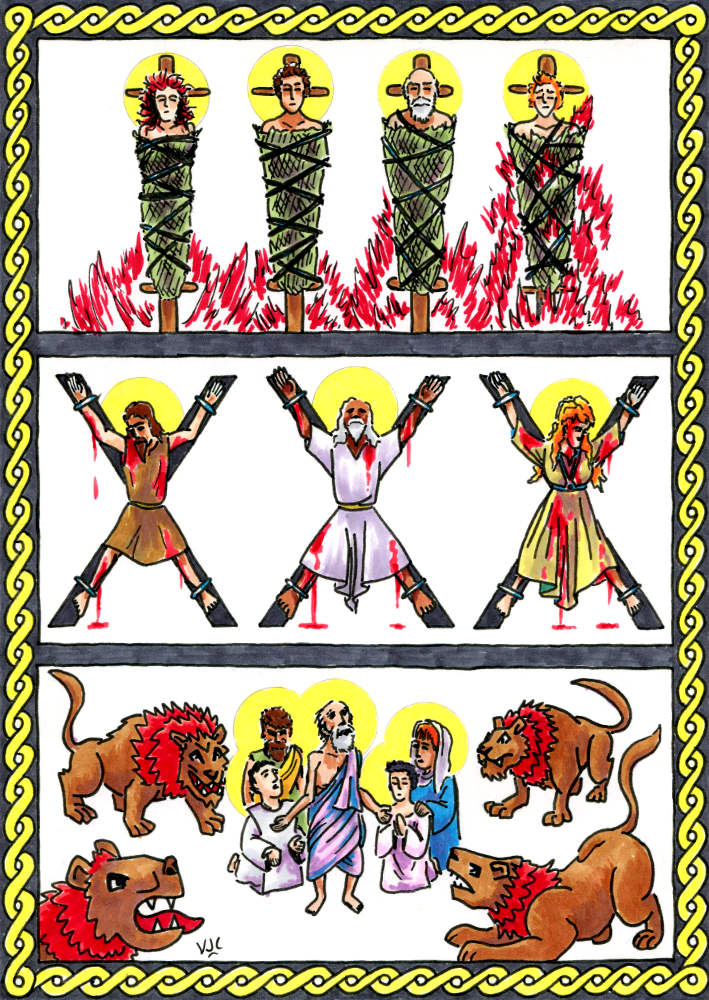
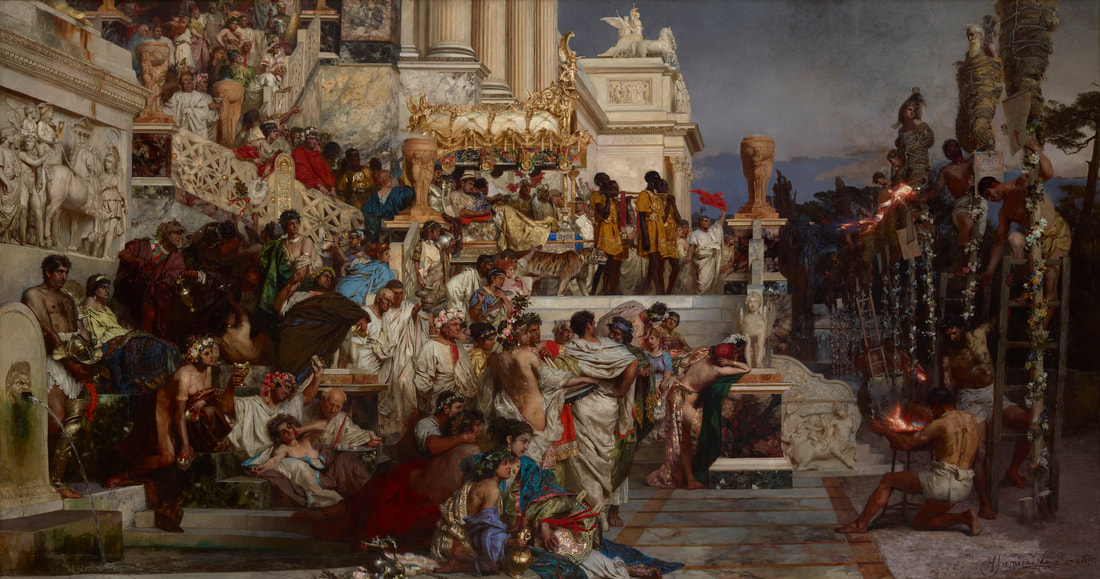
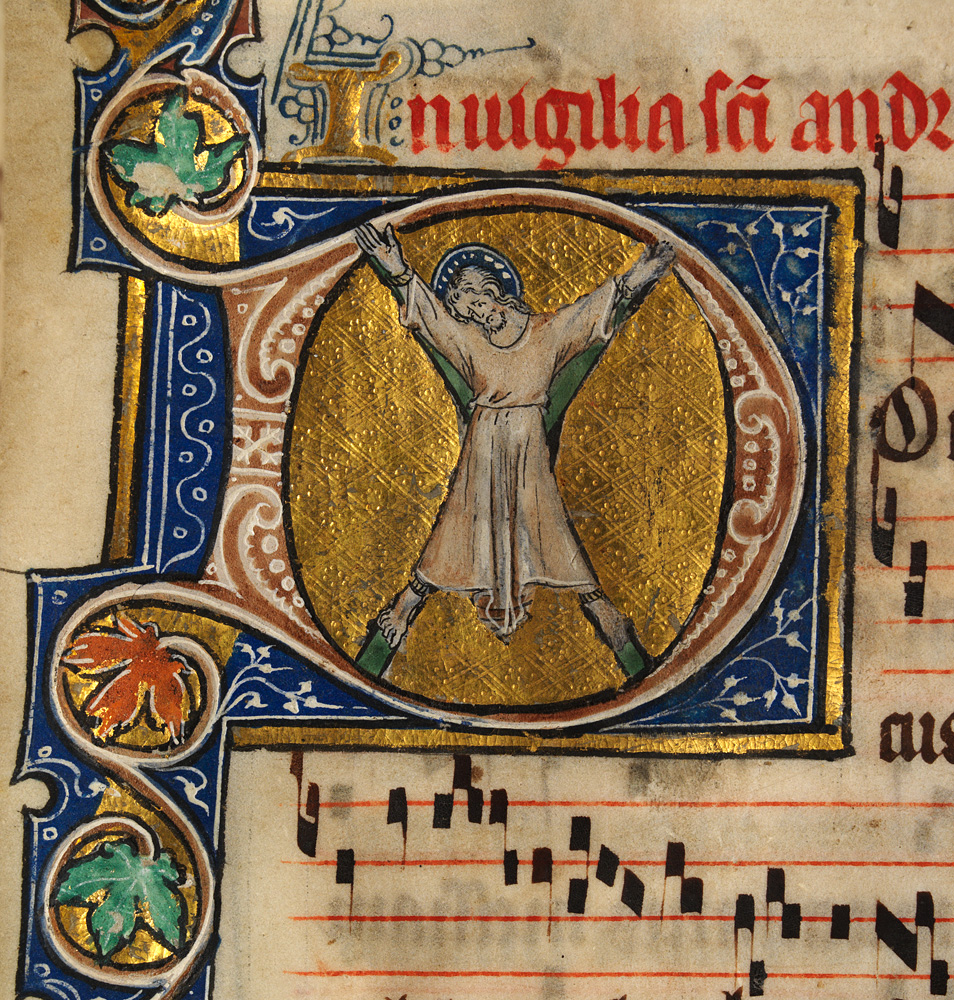
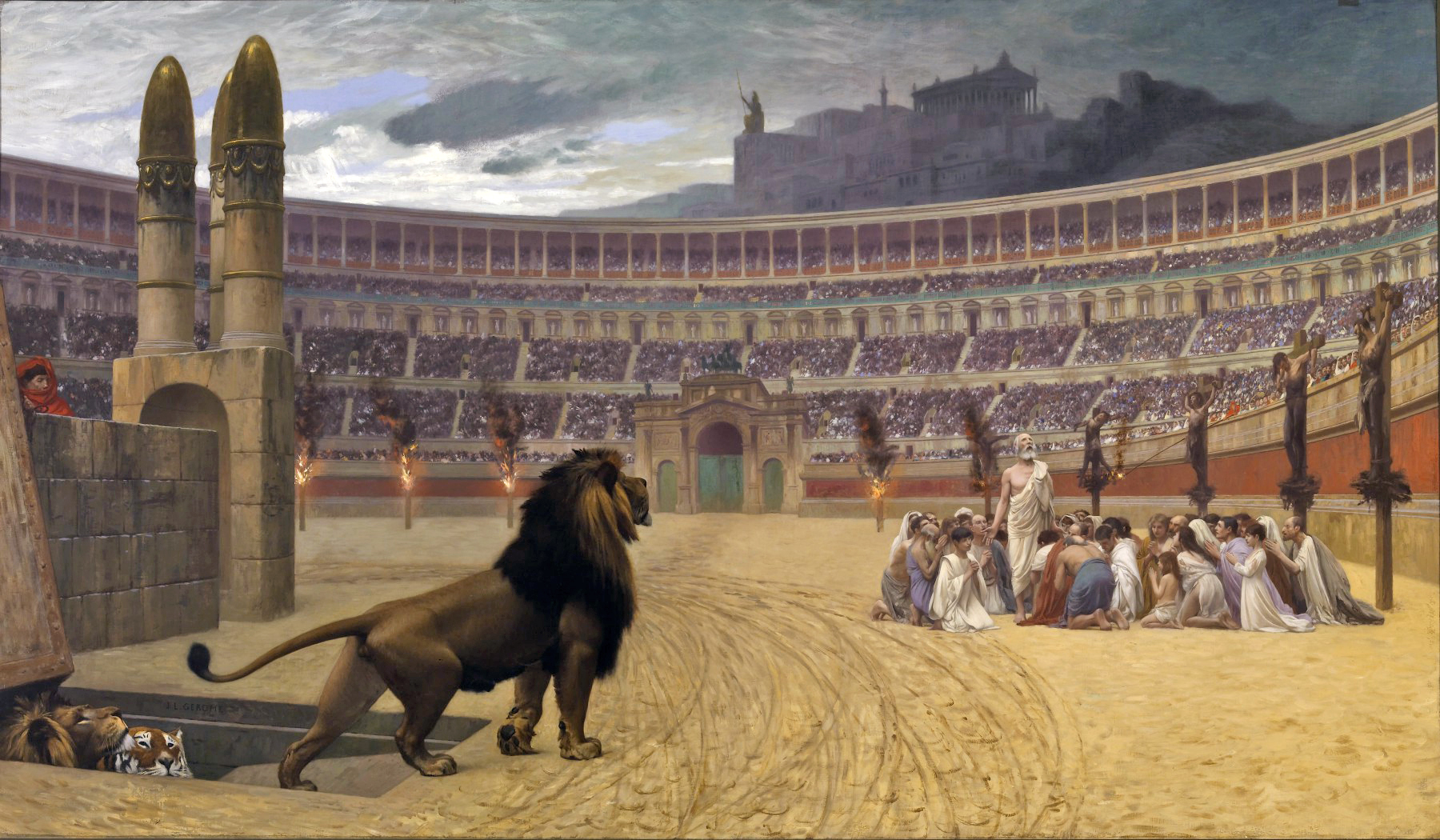
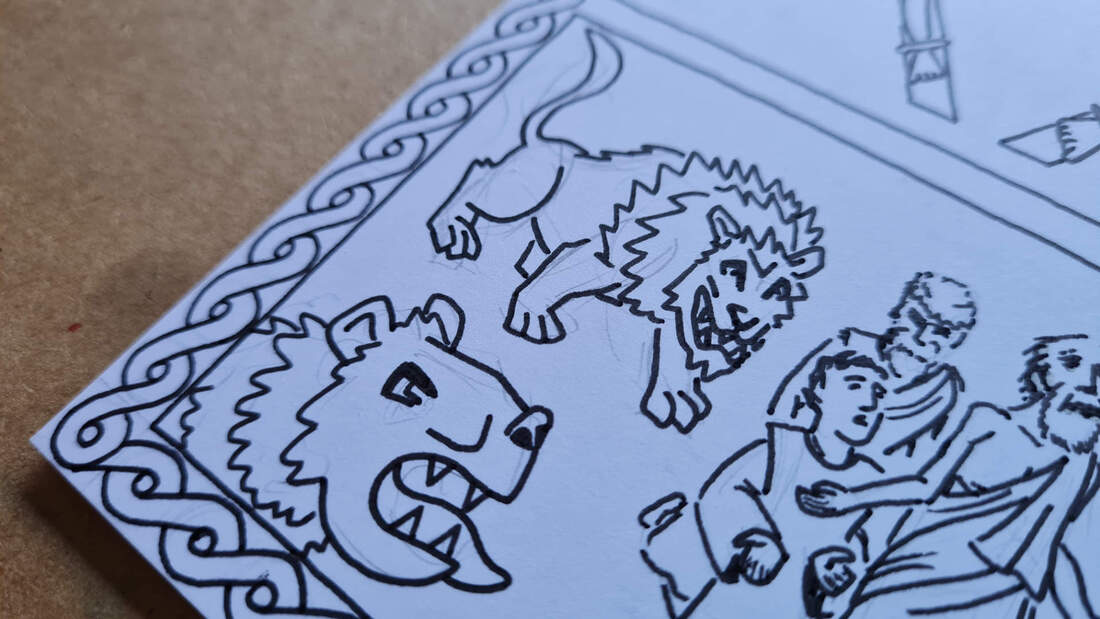


 RSS Feed
RSS Feed